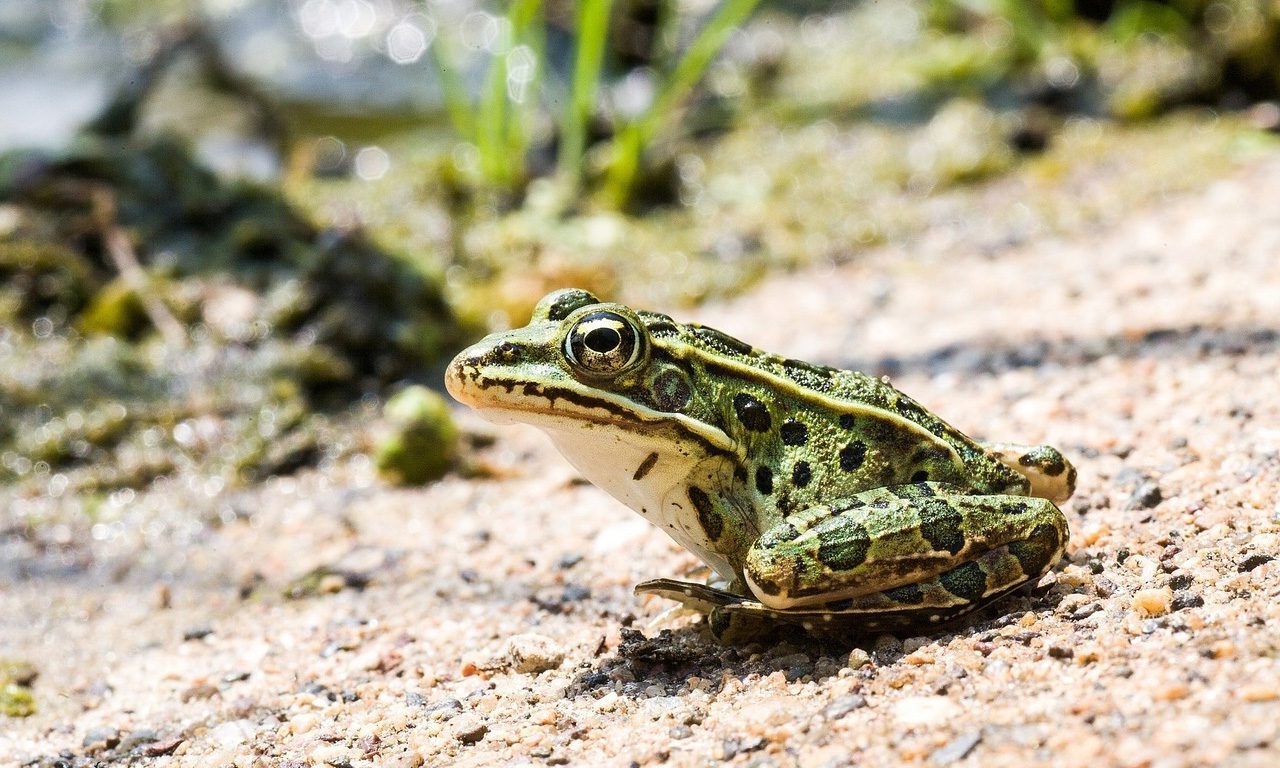
Frogs are some of the most interesting creatures on Earth. Ever wondered why? Frogs come in all shapes, sizes, and colors, making them a favorite among kids and adults alike. These amphibians can be found almost everywhere, from tropical rainforests to your backyard pond. Did you know some frogs can change color to blend into their surroundings? Or that they have a unique way of breathing through their skin? Frogs are not just fascinating to look at; they play a crucial role in our ecosystem by controlling insect populations. Ready to hop into some amazing frog facts? Let's dive in and learn more about these incredible amphibians!
Frogs: Nature's Jumping Wonders
Frogs are fascinating creatures found all over the world. They come in various shapes, sizes, and colors. Let's dive into some amazing facts about these incredible amphibians.
-
Frogs are amphibians, meaning they can live both in water and on land. They start their life as tadpoles in water and later transform into frogs.
-
Frogs have powerful hind legs that allow them to leap great distances. Some species can jump up to 20 times their body length.
-
Frogs absorb water through their skin, so they don't need to drink like humans do. This unique ability helps them stay hydrated.
Frog Habitats and Adaptations
Frogs can be found in diverse environments, from tropical rainforests to arid deserts. Their adaptability is truly remarkable.
-
Frogs are found on every continent except Antarctica. They thrive in a variety of habitats, including forests, swamps, and grasslands.
-
Some frogs have developed unique adaptations to survive in harsh environments. For example, the wood frog can freeze its body during winter and thaw out in spring.
-
Tree frogs have sticky pads on their toes, allowing them to climb trees and other vertical surfaces with ease.
Frog Communication and Behavior
Frogs have interesting ways of communicating and exhibiting behaviors that help them survive and reproduce.
-
Male frogs croak to attract females. Each species has its own distinct call, which helps females identify potential mates.
-
Some frogs can change color to blend in with their surroundings, a form of camouflage that helps them avoid predators.
-
Frogs have a unique way of eating. They use their long, sticky tongues to catch prey, which they then swallow whole.
Frog Life Cycle
The life cycle of a frog is a fascinating process that involves several stages of transformation.
-
Frogs lay their eggs in water. The eggs hatch into tadpoles, which have gills and tails for swimming.
-
As tadpoles grow, they undergo metamorphosis, developing legs and lungs while losing their tails. This process can take several weeks to months.
-
Once fully transformed, young frogs leave the water and begin their life on land, although many species remain close to water sources.
Frog Diversity and Species
There are thousands of frog species, each with unique characteristics and adaptations.
-
There are over 6,000 species of frogs worldwide. Each species has its own unique traits and behaviors.
-
The smallest frog in the world is the Paedophryne amauensis, measuring just 7.7 millimeters in length. It was discovered in Papua New Guinea.
-
The largest frog is the Goliath frog, which can grow up to 32 centimeters in length and weigh over 3 kilograms. It is found in West Africa.
Frog Conservation
Frogs play a crucial role in ecosystems, but many species are threatened by habitat loss and pollution.
-
Frogs are important indicators of environmental health. Their presence or absence can signal changes in the ecosystem.
-
Many frog species are endangered due to habitat destruction, pollution, and climate change. Conservation efforts are essential to protect these amphibians.
-
Frogs help control insect populations by eating pests like mosquitoes and flies, making them valuable allies in agriculture and pest management.
Fun Frog Facts
Frogs have some quirky and fun traits that make them even more interesting.
- Some frogs can "play dead" to avoid predators. They remain motionless until the danger passes, then quickly hop away.
Frogs are truly remarkable creatures with a wide range of fascinating traits and behaviors. Their adaptability and unique characteristics make them an essential part of our natural world.
Frogs: Nature's Little Wonders
Frogs are fascinating creatures with unique traits. From their amazing jumping abilities to their color-changing skin, they never cease to amaze. These amphibians play a crucial role in the ecosystem, controlling insect populations and serving as indicators of environmental health. Their varied diets and interesting life cycles make them even more intriguing.
Understanding frogs helps us appreciate the diversity of life on Earth. Whether it's their vocal calls or their adaptations to different habitats, frogs show us the wonders of nature. Protecting their habitats ensures these incredible animals continue to thrive.
Next time you spot a frog, take a moment to observe its behavior. You might just discover something new and exciting. Frogs truly are nature's little wonders, deserving of our respect and protection.
Was this page helpful?
Our commitment to delivering trustworthy and engaging content is at the heart of what we do. Each fact on our site is contributed by real users like you, bringing a wealth of diverse insights and information. To ensure the highest standards of accuracy and reliability, our dedicated editors meticulously review each submission. This process guarantees that the facts we share are not only fascinating but also credible. Trust in our commitment to quality and authenticity as you explore and learn with us.


